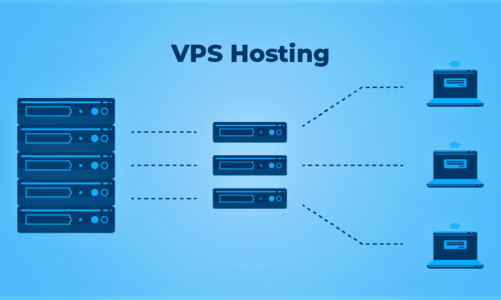Sensitive data can be breached through phishing, malware, human errors, or application vulnerabilities. Tracking breaches is essential. Let’s explore some key types of data breaches and the tools to help detect them. Read more about check data breach search
Types of Breached or Leaked Data
If you’re reading this, you’re likely looking for leaked information concerning your company. It’s crucial to understand the different types of leaked data to avoid missing critical information. The main types of data you need to watch out for include:
- Leaked credentials
- Leaked session tokens
- Compromised internal company documents
- Data related to vendors or customers that can provide a gateway into your network.
Here’s a breakdown of these data types:
Leaked Credentials
Leaked usernames and passwords are heavily exploited in breaches, often from third-party services, phishing, or malware. Cybercriminals use malware to steal credentials and create “combo lists” for automated attacks.

Leaked Session Tokens
With the rise of passwordless authentication, leaked session tokens are now a key target for hackers. These tokens, often collected by stealer logs, can allow attackers to bypass two-factor authentication and access accounts without credentials. This technique is increasingly used in attacks on platforms such as YouTube.
Leaked Company Documents
Company documents, including internal communications and financial records, can be leaked due to human error, security lapses, or malicious actions. Common causes are lost devices, unsecured networks, insider threats, and ransomware. Protecting sensitive information involves safeguarding both internal and external data.
Vendor and Customer Data
Companies can be vulnerable through third-party service providers, even with secure internal networks. If a vendor’s system is compromised, attackers may access sensitive data through stolen credentials or ransomware. Monitoring the security of both your data and that of your vendors and customers is crucial.
Tools to Identify Breached Data
There are several services available to help you identify breached data. Some of the most effective tools include:
Breachsense
Breachsense is an enterprise-level tool that monitors and indexes breached data from sources like malware logs, third-party breaches, and dark web markets. It helps security teams identify leaked data from their own systems, as well as from vendors and customers.
Have I Been Pwned
Have I Been Pwned allows users to check if their personal data has been exposed in breaches by searching email addresses or phone numbers. It provides notifications if the data appears in future breaches.
Dehashed
Dehashed is a searchable database of breached credentials. Users and companies can check for compromised information such as usernames, passwords, and phone numbers. It supports wildcard searches and reverse password lookups.
Intelligence X
Intelligence X is a search engine for domains, IP addresses, bitcoin addresses, and other breach-related data. It gathers information from the dark web and other sources, maintaining a historical archive for future reference.
PSBDMP
PSBDMP searches for sensitive data posted on public paste sites like Pastebin, which are often used by hackers to share breached information.
Conclusion
In conclusion, it is essential to proactively monitoring leaked data and cyber threats for preventing breaches and strengthening incident response capabilities.




